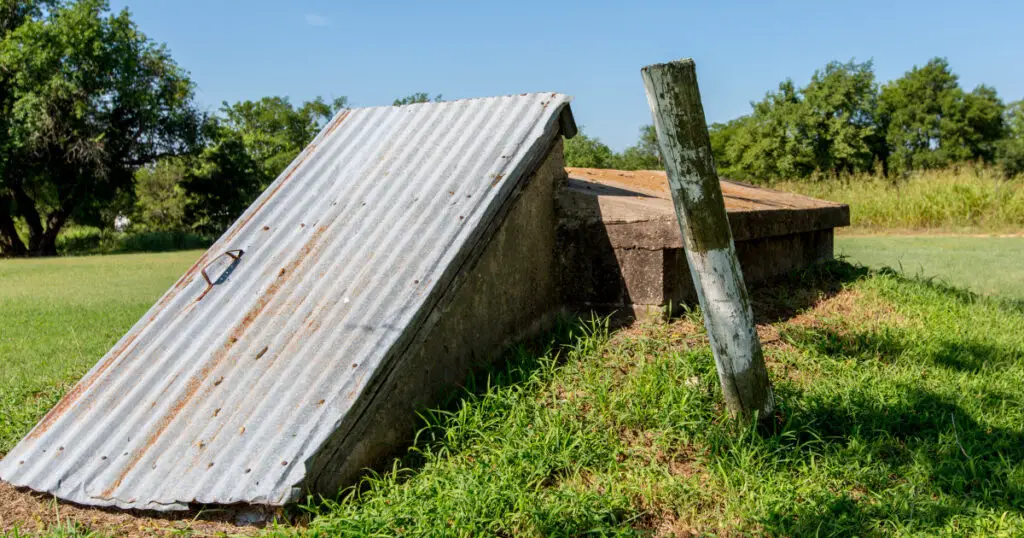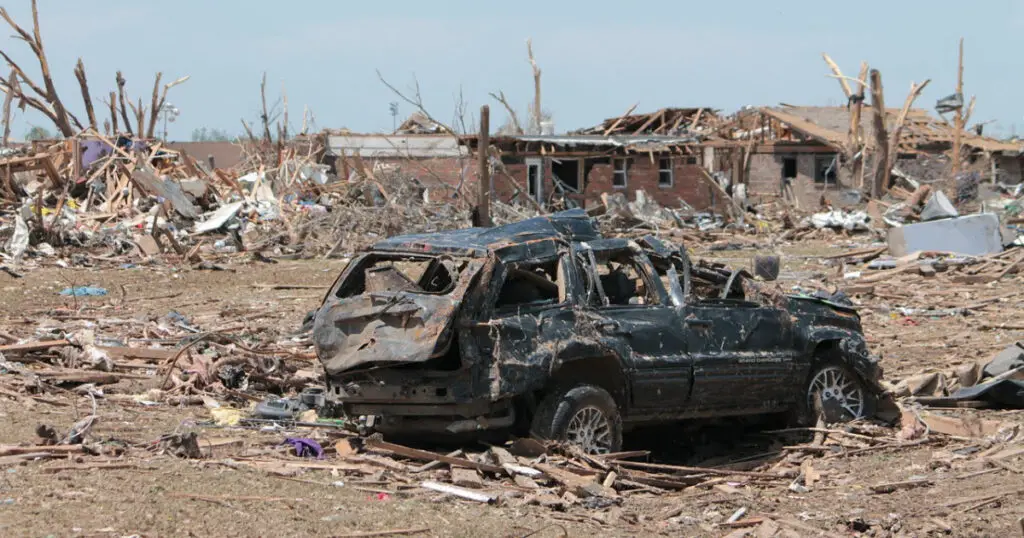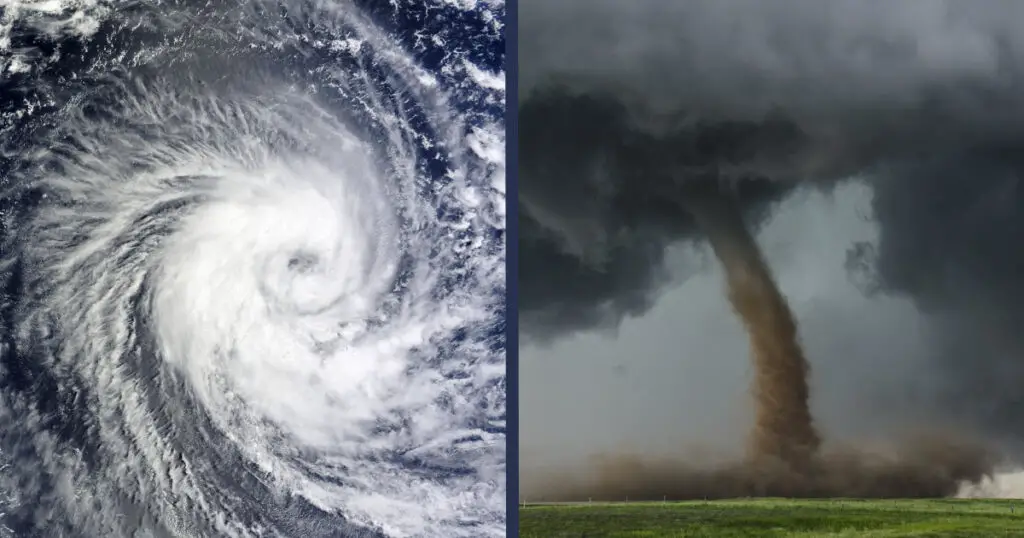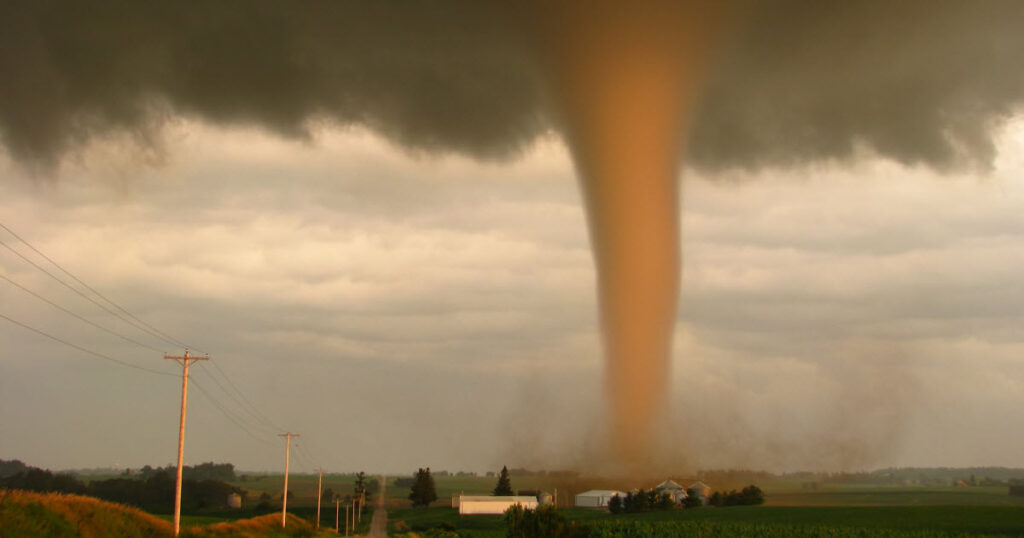Tornadoes are unpredictable, so it is imperative to have a tornado preparedness plan, whether or not you live in an area where tornadoes frequently appear. When you and your family are equipped with a tornado preparedness checklist, emergency kit, and other essentials, the better chances you have of surviving, and being able to help others in need after the storm is over.
Approximately a thousand tornadoes hit the United States each year. With wind speeds reaching up to 300 mph and damage paths that can be greater than a mile wide and 50 miles long, tornadoes can cause extensive damage to your property or serious harm to you and your loved ones.
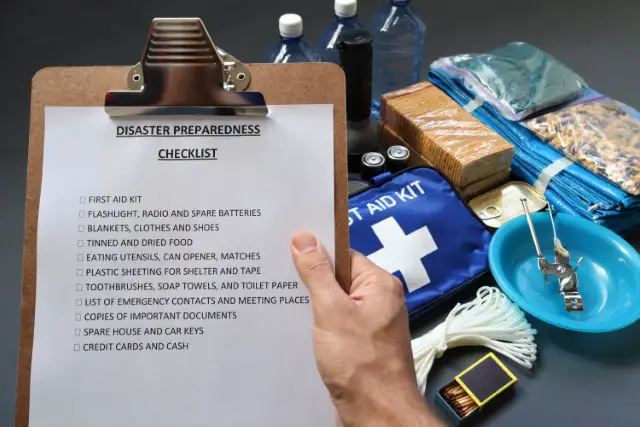
Most tornadoes appear as a single funnel cloud, while some may have multiple vortices. There are also rain-wrapped tornadoes and tornadoes that carry swirling dust and debris.
Tornadoes can strike with little or no warning at all (though you may hear one coming just before it hits), and they can last from a few minutes to over an hour.
If you live in an area with Tornadoes, I highly recommend that you spend the money and get a good NOAA Emergency Weather Alert radio like this one on Amazon.
| This website is reader supported. If you make a purchase after clicking a link, I may earn a commission at no additional cost to you. |
What to Do Before a Tornado
The first part of preparing for a tornado is to create a tornado safety and preparedness plan. Once you have all the elements laid out, you should communicate it to your loved ones so they too will know how to act when a tornado strikes.
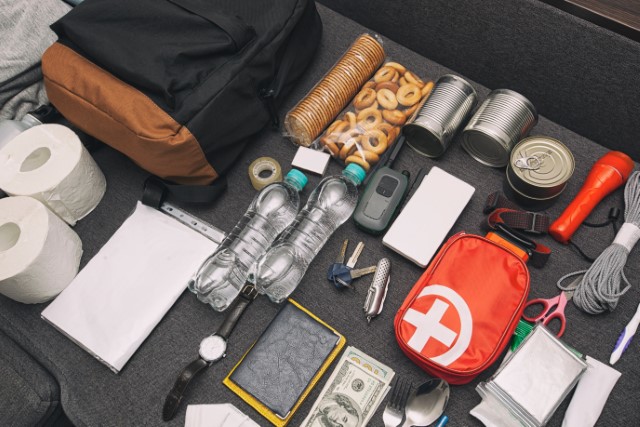
1. Learn the terms used to describe tornado threats.
During severe weather season, the National Weather Service (NWS) may release either a tornado watch or a tornado warning.
A tornado watch means that conditions are favorable for tornado formation, but there is no tornado that has been observed or detected on the radar. If a tornado watch is issued in your area, you should keep track of weather updates and prepare to seek shelter, if necessary. A tornado watch area typically covers several counties, and sometimes even states.
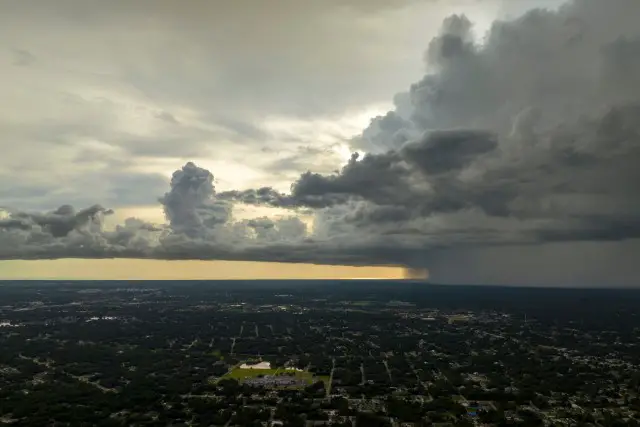
A tornado warning signals that a tornado has been sighted or indicated by a Doppler radar. If a tornado warning is issued, immediate action is required to avoid the potential dangers a tornado can bring. Tornado warnings are often issued in localized areas and a few minutes before a tornado makes a landfall.
2. Create a list of contact information.
This list should include the names, addresses, and contact numbers of your family members, neighbors, insurance agents, and utility providers. It should also contain emergency contacts, such as medical centers, paramedics, and the police and fire departments.
3. Store important documents.
Secure documents such as birth certificates, IDs, and insurance policies in a safe to protect them during the tornado and prevent them from being lost or destroyed.
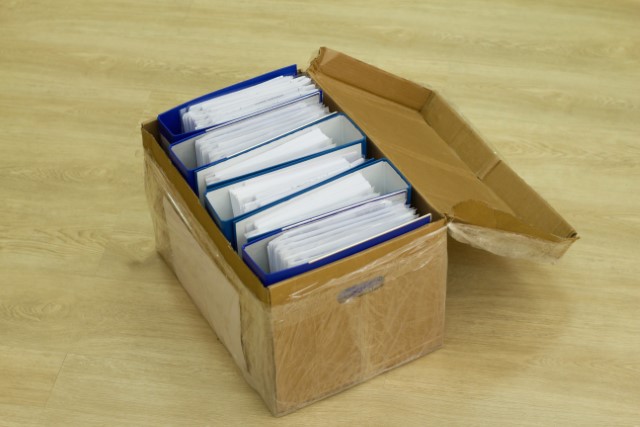
4. Determine which areas to seek shelter.
Ideally, the safest room to hide during a tornado is underground, like the basement or storm cellar. If your house does not have an underground shelter, consider an interior room or room with no windows on the lowest floor. Hallways, under the stairwells, and even bathtubs can also offer some protection.
| Related Posts |
|---|
5. Know where the nearest evacuation centers are located.
If you live in a mobile home or if you think your home will not be able to protect you from a tornado, you can move to an evacuation center, which could be a school, shopping mall, nursing home, or community center. These places have sturdy walls and are large enough to accommodate large groups of people.
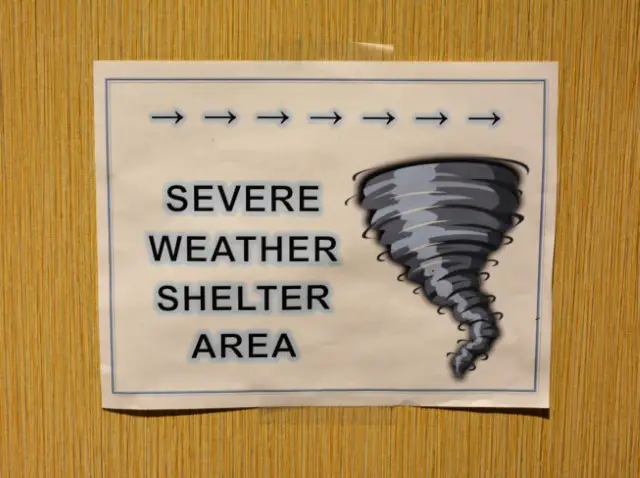
6. Stock up on resources.
Make sure you have enough resources to last at least three days. Also, prepare a disaster emergency kit that includes the following:
- Water for drinking and sanitation (at least one gallon per person)
- Food (non-perishable or canned food)
- Battery-powered or hand-crank radio
- Toiletries
- First-aid kit
- Flashlight
- Extra batteries
- Whistle
- Dust mask
- Can opener
- Paper and moist towelettes
- Mess kits (paper/plastic cups, plates, utensils)
- Garbage bags
- Plastic ties
- Wrench or pliers for turning off utilities
- Local maps
- Mobile phone
- Power bank
- Medication
- Change of clothing
- Sleeping bag or warm blanket
- Infant formula and other essentials if you have a baby
- Books, puzzles, or board games for children
- Pet food if you have pets
7. Tune in to weather updates.
Consider purchasing a NOAA weather radio like this one on Amazon. This will alert you if a tornado watch or warning have been issued. Take note of the county where you live because they are used in identifying the location of tornadoes.

8. Make a record of your property.
Take photos and videos of your home’s interior and exterior, including personal belongings, appliances, and furniture.
9. Conduct periodic tornado drills with your family.
Doing this will help everyone remember what to do when a tornado occurs.
What to Do During a Tornado
During a tornado watch, look out for danger signs, such as a dark, greenish sky, hailstones, low rotating cloud, or a loud roaring sound. Continue monitoring your NOAA Weather Radio or local news for weather updates.
If a tornado warning is issued, you should take immediate action:
1. Seek shelter.
Assemble all supplies in your emergency kit. Gather all house members and pets and start moving to the predesignated shelter or evacuation area.
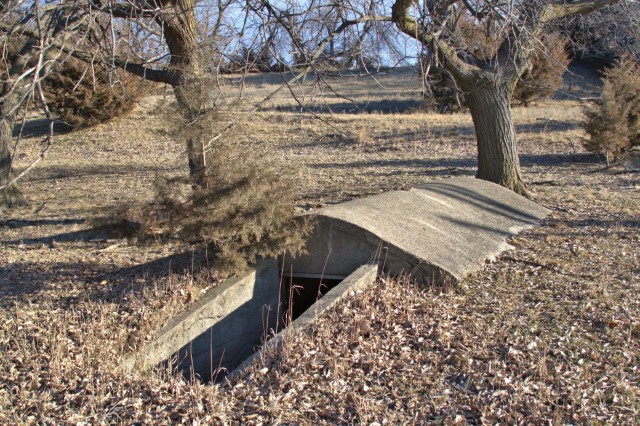
In case you are in a cafeteria or auditorium, move to the center of the room. If you’re in a mobile home, immediately go inside the nearest building. Stay away from windows, doors, and corners because they attract debris. Get into a crouched position and protect your head and neck with your arms.
If you’re riding a vehicle and the tornado is far enough, try to move as farther away from it as you can, if you think it is possible to outrun the tornado. Drive away from the tornado at a 90-degree angle. However, if the tornado is too close, secure yourself inside your car and strap on your seatbelt. Cover your head and neck with your arms, a jacket, or a blanket. Make sure to park your car away from bridges or overpasses as they may collapse during a tornado.
If you’re stuck outdoors and there’s no shelter nearby, lie flat on the ground in a low area or ditch. You can also consider hiding in an underpass, but consider the possibility of flooding.
If you have livestock, don’t tie them up or restrain them. You can also move them inside a barn, if available, and provide enough food and water. Keep in mind that during severe weather, animals can become more agitated and difficult to handle. Always prioritize your own survival and let your animals get to safety on their own.
2. Wait it out.
Take note that multiple tornadoes can be produced by the same thunderstorm, so remain in the shelter until the tornado passes.
What to Do After a Tornado
The tornado may have passed, but don’t assume you’re in the clear yet. Here are some tips to follow after the storm is over.
1. Exercise caution and safety.
You and your family’s safety is most urgent. If you are trapped, don’t move aggressively or kick away dust and debris. Use a whistle to catch anyone’s attention. If there’s someone else who is trapped or injured, offer help by calling emergency responders. Don’t move them, as doing so may lead to further injury.
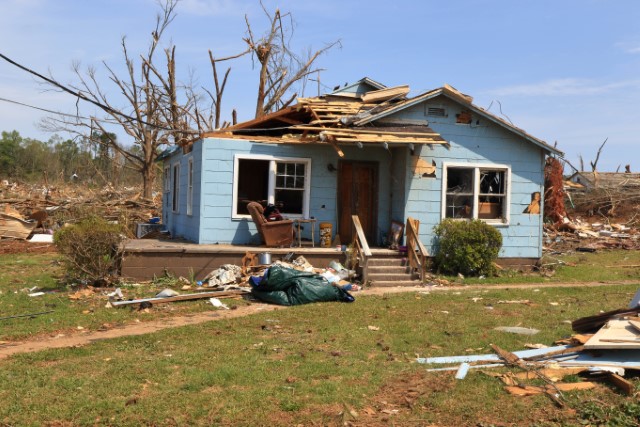
If you are staying in an evacuation center, do not return home yet until local authorities declare it is safe.
If you’re driving, stay away from fallen power lines and damaged gas lines, and report them to authorities.
2. Evaluate the damage.
Inspect your home for tornado damage, staying away from debris, broken glass, exposed nails, and downed power cables. Wear sturdy shoes, long sleeves, and gloves to reduce risks of injury. Check for gas leaks or sparking wires, then turn off the primary source (gas tank or main circuit). Also, you can report them to your utility providers if you feel it is unsafe to tackle them on your own.
Take pictures of any damage, both inside and outside your home. If insurance covers your home, contact your insurance agent to start the claims process.
3. Save battery power.
Power outages are common after a storm, so make sure that you have enough battery supply until power services are restored.
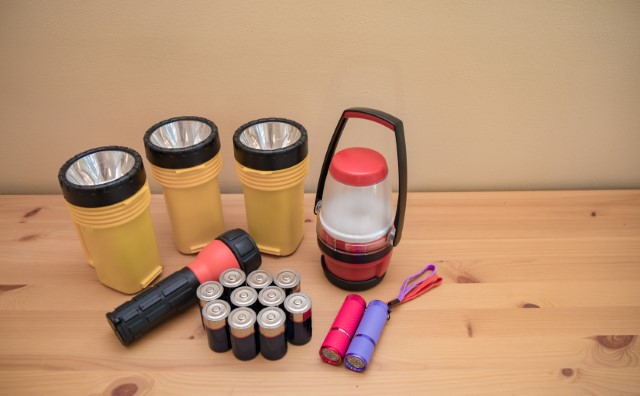
4. Check for weather news and updates.
Listen to your local news network or the NOAA weather reports for further information and instructions.
The thought of facing a tornado can be daunting, no matter how much you prepare. Try to remain as calm as possible. And with these tips in mind, you can stay safe and recover after it passes.
